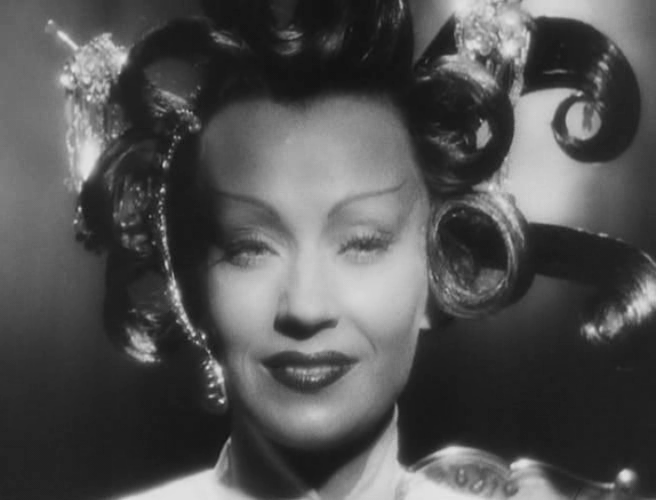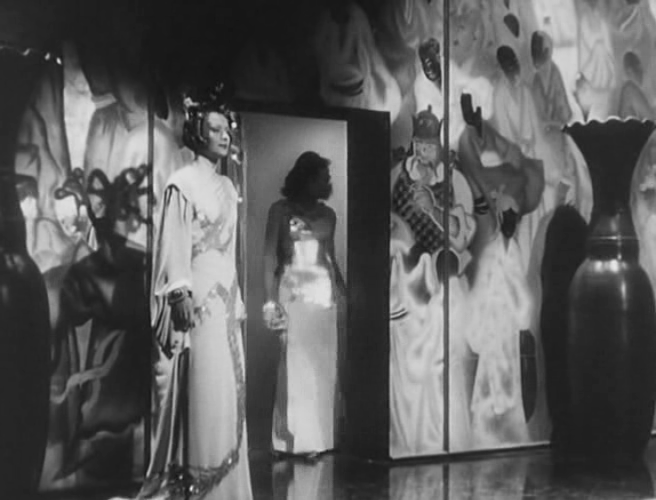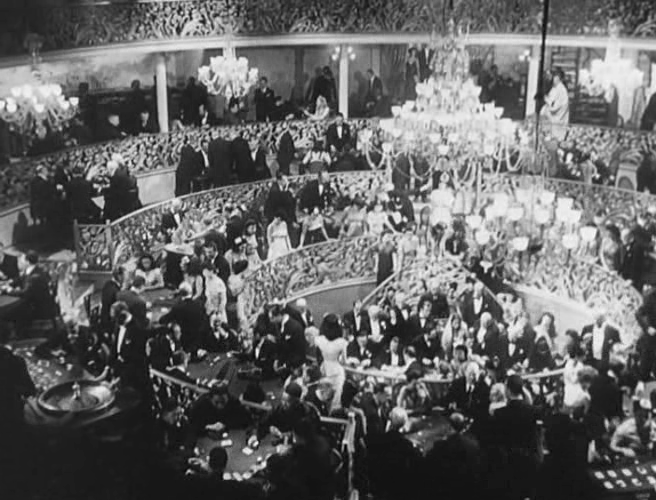|
Genres, Themes, Actors, and Directors:
- Gambling
- Gene Tierney Films
- Josef von Sternberg Films
- Play Adaptations
- Victor Mature Films
Response to Peary’s Review:
Peary refers to this Josef von Sternberg-directed outing — a “much cleaner” adaptation of John Colton’s 1926 Broadway play — as “an absolutely ridiculous film”, citing this as the “reason that it has a cult”. He notes that the “extremely weird, overwritten, often dull script” — which is “full of awkward introductions, lectures, people yelling at each other, [and] double entendres” — “comes across like a clumsy first draft that was filmed only because the next 20 drafts were lost”. He insists that “performances by the entire cast — including Victor Mature as a poetry-reciting Arab — are outrageous”, and “so is the ending”. He concludes his review by noting that the “strangest [fact] of all is that von Sternberg didn’t recognize his folly and inserted a few inspired touches along the way that might have been saved for a better picture”.
As evidenced by comments on IMDb, The Shanghai Gesture has retained its cult status, with one user referring to it (with notable delight) as a “campy trainwreck”. Fans seem to especially enjoy both Gene Tierney’s rather nuance-free performance as the spoiled young heiress (whose addiction to gambling is here used as a stand-in for drug addiction, as depicted in the original play), and the presence of Una Munson’s truly outrageous hairpieces; as Peary cheekily notes, she “obviously had hair done by someone who had learned to tie shoelaces”. Indeed, an entire thesis could likely be written on what, exactly, Munson’s — wigs? can you call them that? — give away about her character’s state of mind, particularly as they become literally unbalanced near the end of the story (see still below). Regardless, Munson’s central performance as ‘Mother’ Gin Sling remains the film’s dominant force: she so fully inhabits this archetypal “Dragon Lady” that we’re immediately willing to suspend all disbelief about a white woman portraying an Asian.
Redeeming Qualities and Moments:
- Ona Munson as Mother Gin Sling

- Fine cinematography


- Oscar-nominated art direction

- An enjoyably pulpy script: “I have no country; and the more I see of countries, the better I like the idea!”
Must See?
Yes, for its cult status.
Categories
- Cult Movie
- Important Director
Links:
|